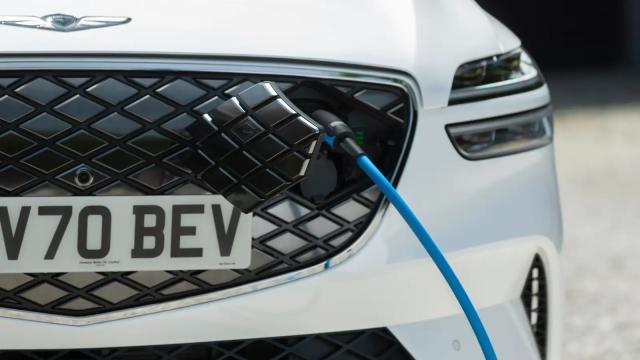The biggest deciding factors facing EV buyers today seem to be range and charging speed. How far can you go, and how quickly can your car get juice out of the plug. These are certainly important factors when it comes to an EV driving experience, particularly for longer-distance driving needs. When you’re headed back home for the holidays later this month, these are the EVs you want to reduce the amount of time you’re stopped at a charger, according to Car and Driver’s instrumented testing.
Genesis Electrified GV70
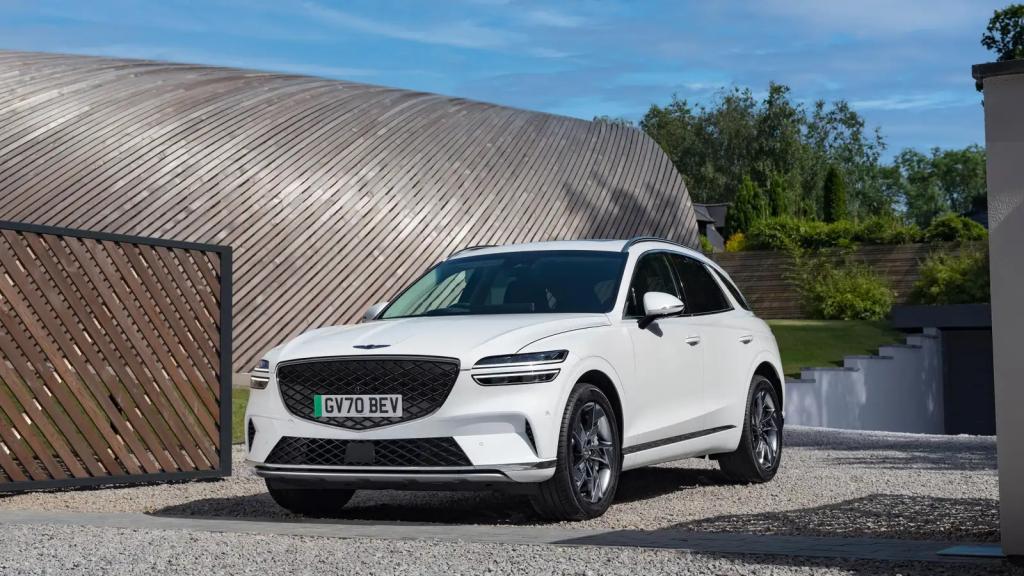
While the GV70’s battery is just 77.4 kWh and doesn’t offer the big range of some of its competitors, that smaller battery can really vacuum up the electrons from a DC fast charger. According to Car and Driver’s real-world testing, this thing charges from 10 to 90 per cent in just 24 minutes, peaking at 239 kW and putting up an average charging speed of 166 kW to take top honours.
Hyundai Ioniq 6 Long Range SE
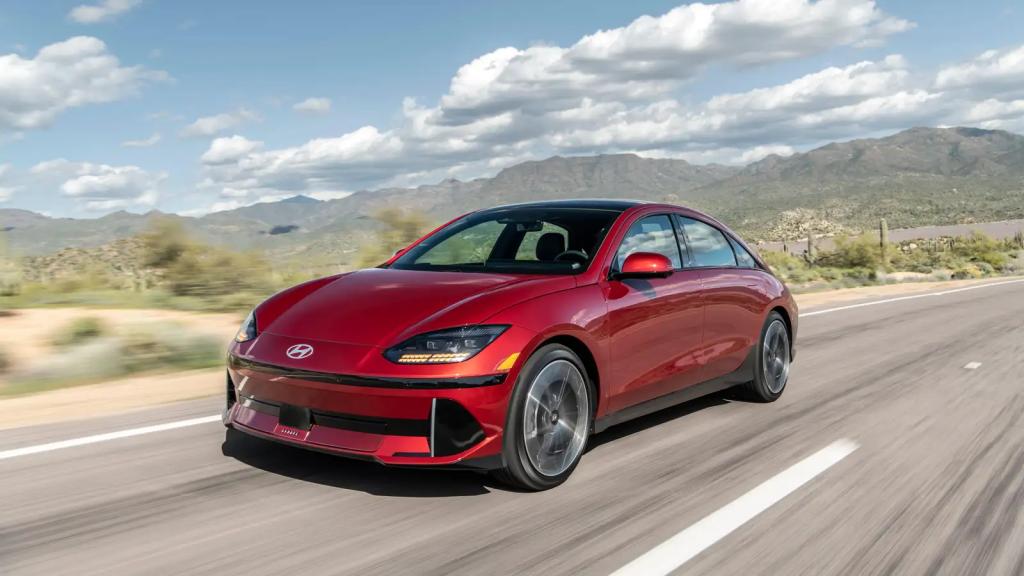
Even with a bit more battery onboard, the Ioniq 6 managed to almost match the GV70’s charging time from 10 to 90 per cent, getting that charge done in just 27 minutes. Across the charge the Ioniq 6 managed to hit a peak of 243 kW, averaging 153 kW.
Hyundai Ioniq 5

Like its siblings, the Ioniq 5 is a quick charger. The big hatchback managed to charge from 10 to 90 percent in just 26 minutes. Its peak charging rate was 235 kW, while it managed an average of 152 kW. If you’re short on time, you can add 100 miles of range in just 13 minutes.
Kia EV6 GT
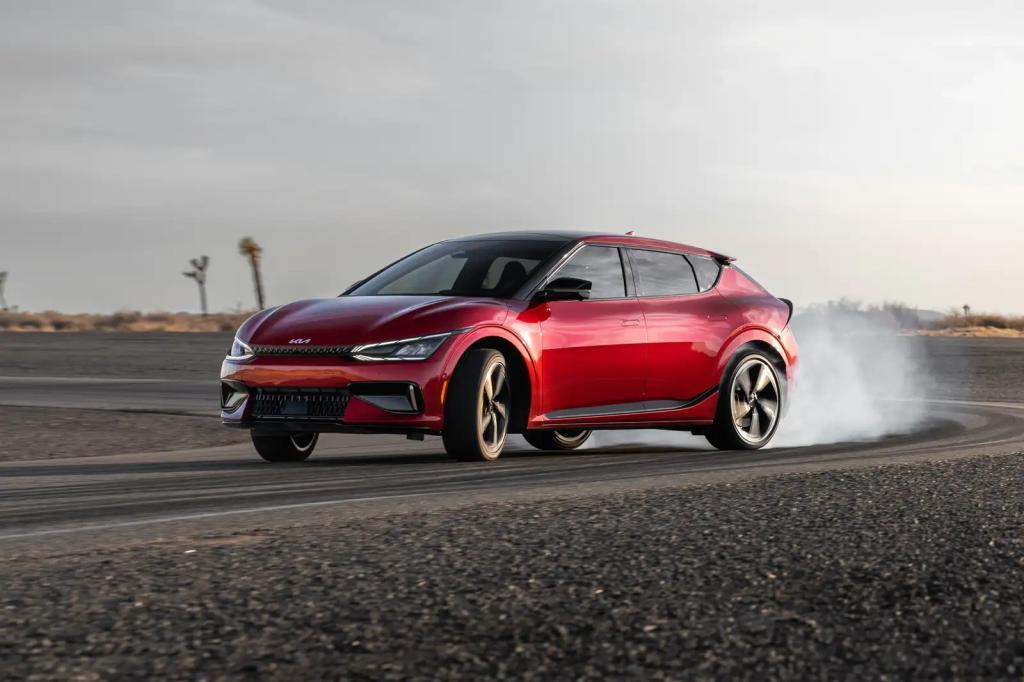
The EV6 GT is basically the same car as the Ioniq 5 underneath, and its charging rates really show that off. In Car and Driver testing, the EV6 GT had a nearly identical charge time, peak charge rate, and average charge rate. So much so that C/D ranked them tied in third best.
Kia EV9 AWD
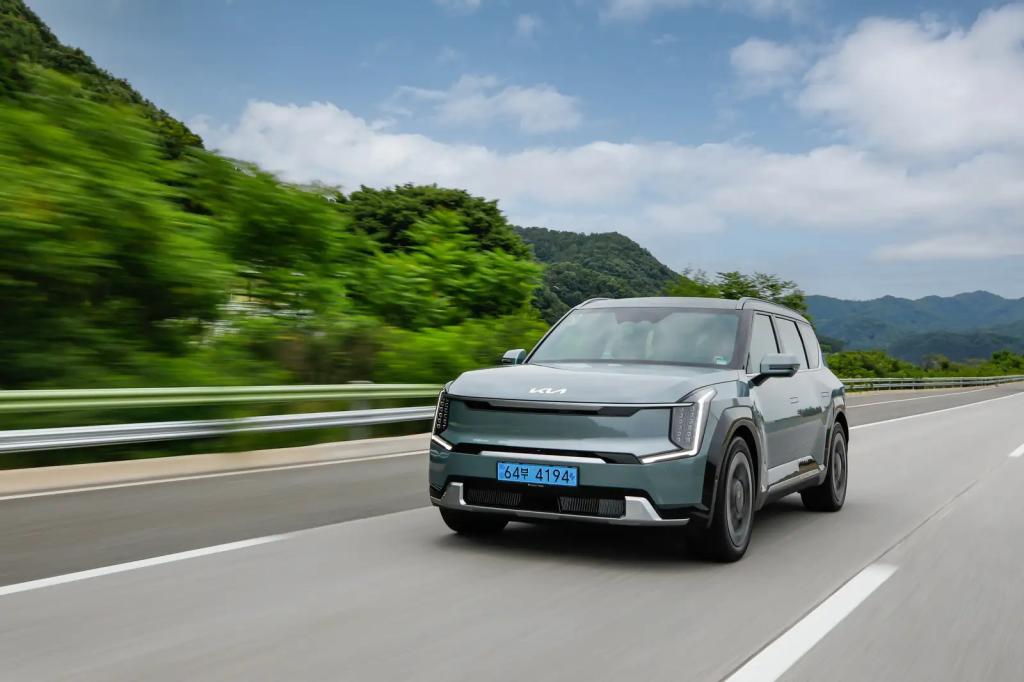
With 100 kWh of battery under this behemoth of an SUV it’ll take a little while longer than some others to charge, but because Kia really has this charging thing figured out, it’s still pretty quick. The EV9 charged from 10 to 90 percent in just 38 minutes and added 50 miles of driving range in just seven minutes flat. In C/D’s test it saw a peak charging rate of 213 kW and an average of 136 kW. Impressive!
Worst Chargers
Okay, so those were the fastest charging EVs that Car and Driver has ever tested, and surely faster EVs will be built in the future. Hopefully charging technology continues to improve, because some recently-built EVs aren’t so great at the charging game. Up next you’ll see the worst five charging EVs that C/D has ever tested. Any guesses?
Kia Niro EV
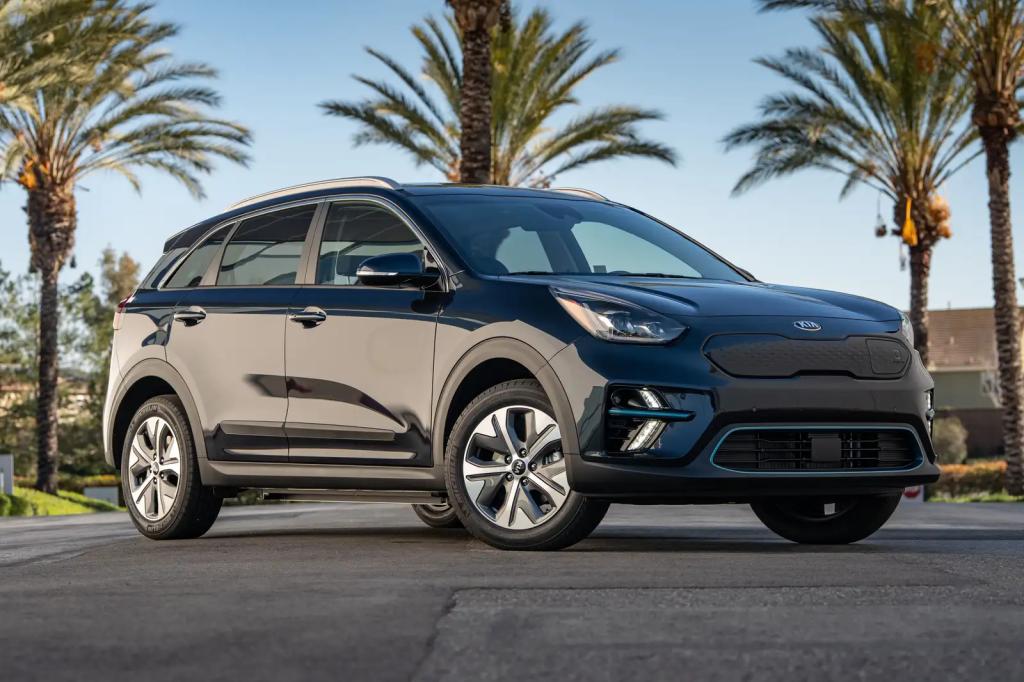
The previous-generation Kia Niro was one of those compliance EVs, built from an existing gasoline-powered model and not quite optimized for the modern world. The Kias and Hyundais on the fast-charge list are all built with modern 800-volt architecture, but the old Niro didn’t have that advantage, and thus is pretty darn slow. Its 64 kWh battery charged from 10 to 90 percent in 65 minutes, peaking out at 74 kW and averaging 52 kW. It’s bad, but it’s not as bad as the rest of the cars on this list.
Hyundai Kona Electric Limited
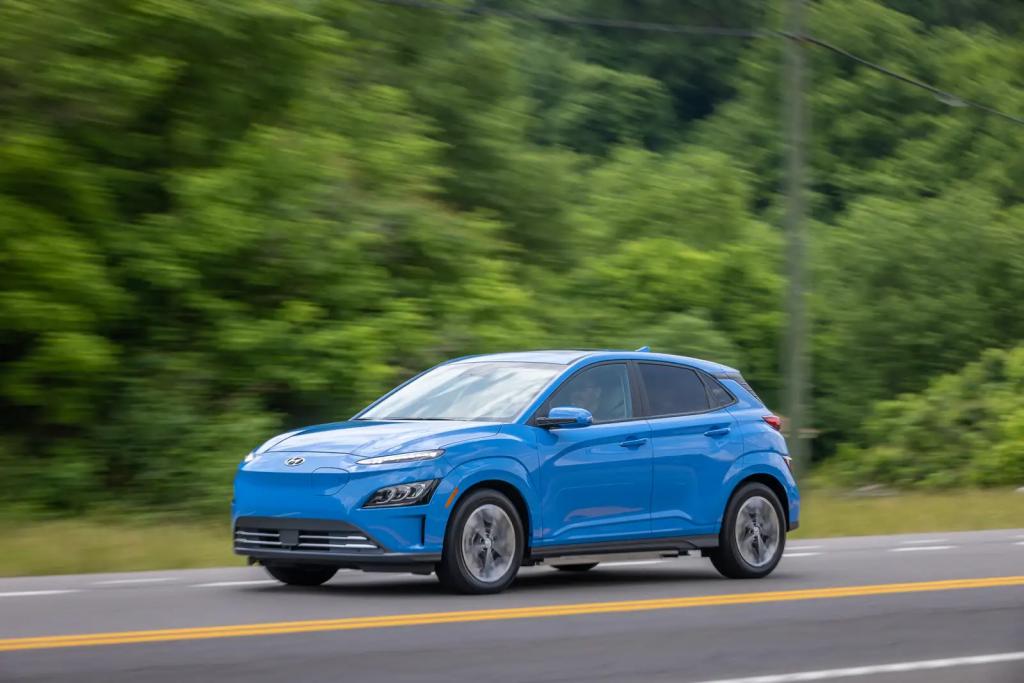
Based on the same platform as the Niro, the previous-gen Kona Electric was another of those compliance cars, and it wasn’t optimized for fast charging from the word go. This 2022 model took 67 minutes to charge from 10 to 90 percent. Its peak charging rate was 71 kW, and it hit an average speed of 51 kW.
Lexus RZ450e Premium

Car and Driver says it wasn’t sure its test result with the Lexus was accurate because it was so slow. In order to keep its test accurate, C/D did the test again, and while it was slightly faster the second time, it was still much slower than a modern EV should be. This SUV took 66 minutes to charge from 10 to 90 percent, peaking at an acceptable 150 kW, but slowing way down to an average of 47 kW. This hurts a lot, because the car is already so range limited. It’s the surprise poor performance of the list for my money.
Nissan Leaf Plus
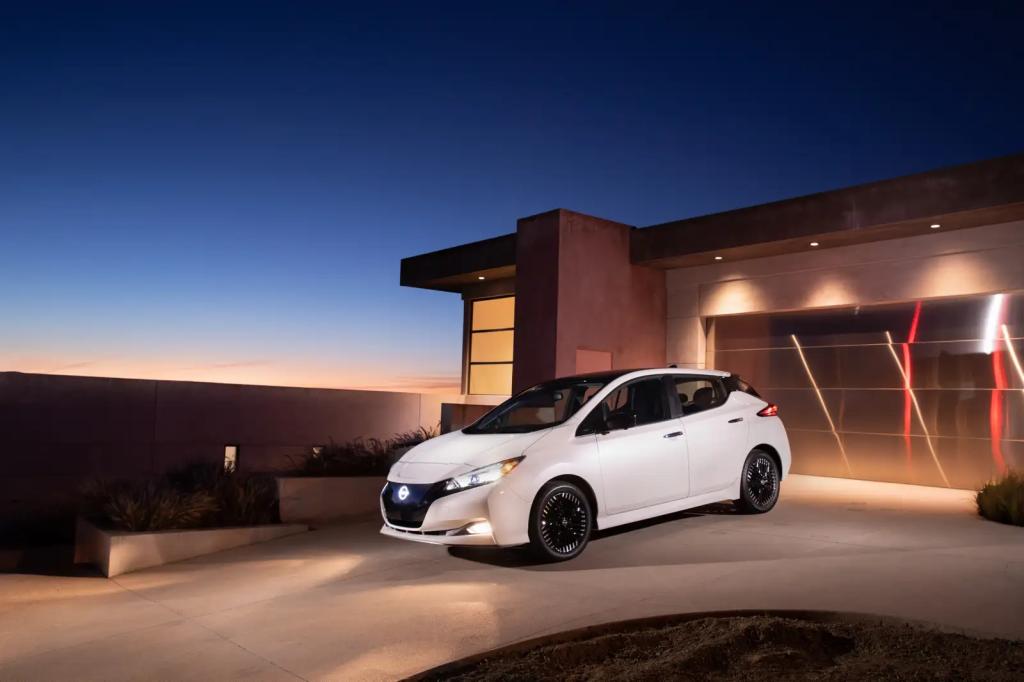
Nissan has been building the Leaf on basically the same platform since 2010, and that old architecture is keeping it down. The 2023 Leaf still uses the old CHAdeMO plug, which has been pretty much mooted in the market and will soon be phased out in favor of the Tesla NACS plug. This one took 61 minutes to charge from 10-90 percent, saw a peak speed of 52 kW, and an average of 44 kW.
Chevrolet Bolt EUV
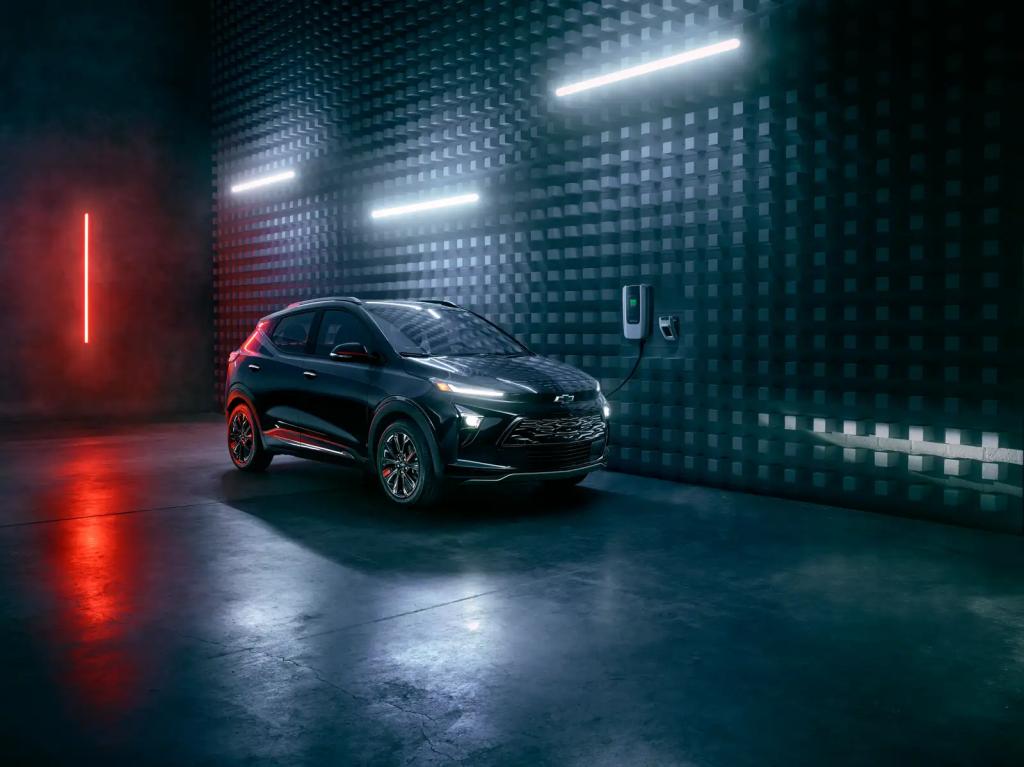
The Bolt EUV’s slow 55-kW onboard charger is one of the major things holding it back. Thankfully it has a pretty strong 250 miles of range, otherwise it would be a bit of a drag. Charging from 10 to 90 percent took 83 minutes, which is rough. It peaked out at 57 kW, and averaged a lethargic 41 kW across the charge.
Shortest Charge – Genesis Electrified GV70

24 minutes from 10 to 90 percent is as quick as they come. Genesis doesn’t have the highest peak kW rates, but the Korean automakers have figured out how to keep their average rates high, and that’s what makes the difference.
Longest Charge – GMC Hummer EV
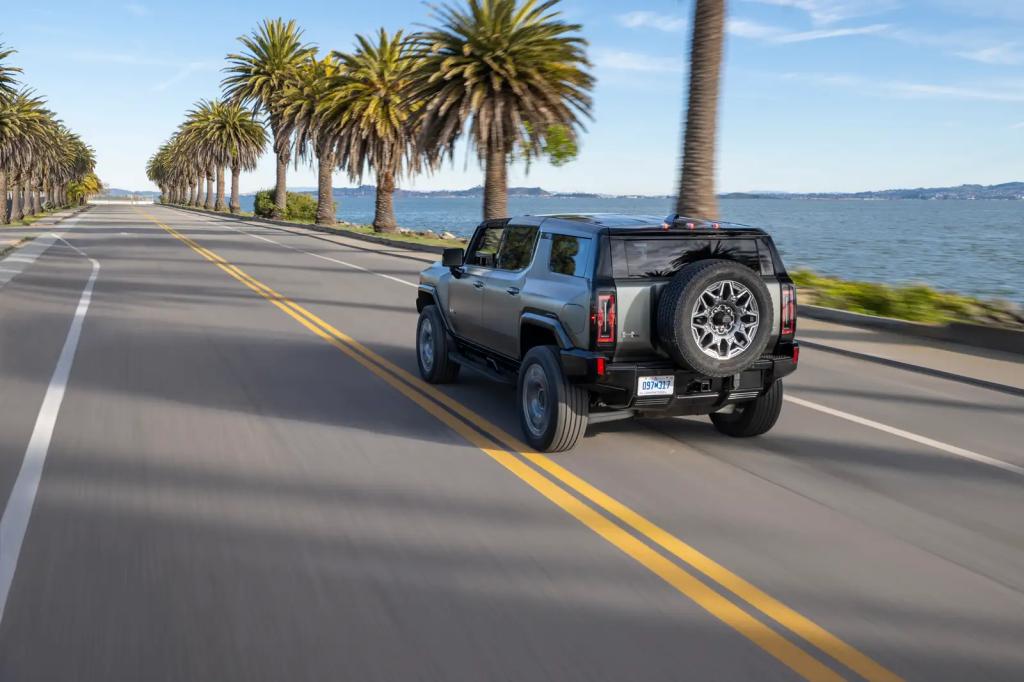
Despite fairly quick charging speeds, the Hummer EV takes a little over two hours on a DC fast charger to fill up its gargantuan battery stack. 129 minutes from 10 to 90 percent might as well be forever. This thing even hit a peak of 300 kW, but its relatively slow 78 kW average really let it down.
